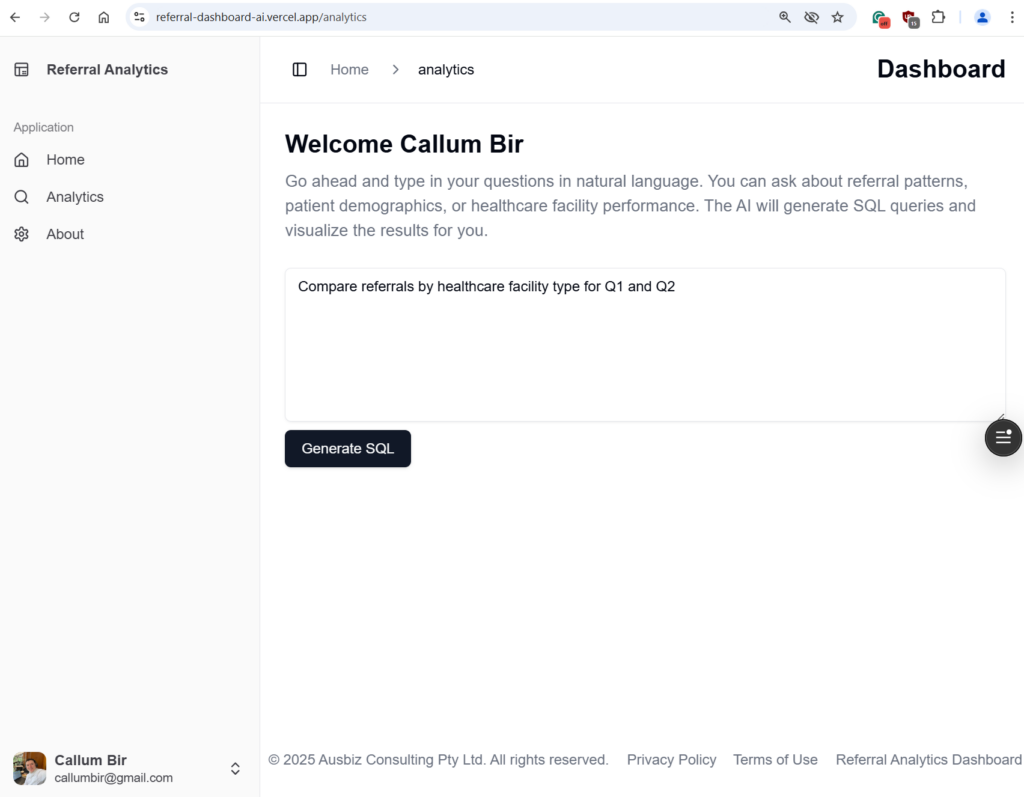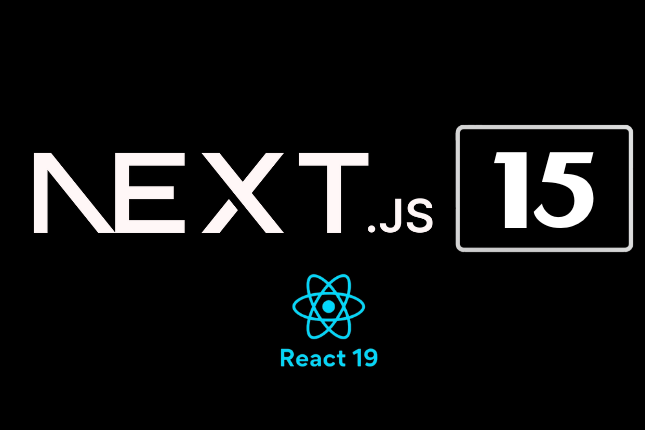For years, I relied on Material UI—Google’s UI framework that leveraged a familiar design language inspired by the look and feel of Google apps. Given that billions of people use Google’s ecosystem every day, Material UI’s consistent and intuitive design was a natural choice for building interfaces with a familiar and reliable user experience.
However, as my projects grew alongside my evolving tech stack, I found myself increasingly drawn to a different approach—one that better aligned with my passion for modern development practices. Over the past year, my journey with Next.js, TypeScript, and the latest in React has gradually steered me away from Material UI and toward a more minimalist and flexible framework: Shadcn UI.

In this article, I want to share why I transitioned from Material UI to Shadcn, the benefits I’ve experienced, and how this shift fits into my broader evolution as a developer working with modern technologies like Tailwind CSS.
The Allure of Material UI
Material UI, developed by Google, became popular because of its polished design and the familiarity it provided. With billions of users accustomed to Google’s design aesthetics and behavior, adopting Material UI made it easy to create applications with a consistent, user-friendly interface. It was a no-brainer for projects that required a reliable and tested design system.
But as much as I appreciated Material UI’s robust components and well-established themes, my development needs began to outgrow what it could offer—especially as I increasingly embraced Next.js’s latest features.
My Evolution with Next.js and Modern React
My journey into modern web development took off with Next.js. I started using Next.js since version 13 with the traditional page router. However, over the last couple of years, I have incrementally moved to the new app router paradigm. This shift allowed me to take full advantage of Next.js’s innovative features such as:
- Server Actions and Server Components: Enabling more efficient data fetching and rendering.
- Server-Side Rendering (SSR): Delivering faster, SEO-friendly applications.
- Type Safety with TypeScript: Reducing bugs and enhancing code maintainability.
As I began working with React 19 (RC) and experimenting with cutting-edge updates, I faced several breaking changes. Yet, these challenges also paved the way for a more refined development experience. The move to React 19 reinforced my preference for a minimalist aesthetic—a black-and-white styled design that resonated with modern apps like ChatGPT and the sleek, elegant design of Apple’s ecosystem.
Discovering Shadcn: A Minimalist, Tailwind-Driven UI
One of the pivotal moments in my journey was discovering v0.dev, a tool that rapidly generates React components with a strong emphasis on type safety and design principles. With intimate support for Next.js 15, React 19, and early Canary versions, v0.dev naturally produced components based on Shadcn’s design philosophy.

Why Shadcn Stood Out
- Minimalist Aesthetic:
Shadcn’s design is clean and understated, a stark contrast to the more complex themes of Material UI. This minimalist approach has become increasingly appealing as modern web apps favor simplicity and clarity. - Tailwind CSS Integration:
My shift to Tailwind CSS was a game changer. Shadcn’s seamless integration with Tailwind has allowed me to create consistent, scalable, and highly customizable interfaces that are easier to maintain. - Rapid Prototyping and Customization:
With v0.dev’s assistance, I quickly prototyped components with Shadcn as the default. This not only accelerated my development workflow but also provided a solid foundation to build custom components. For example, I developed a custom MutableDialog component for common CRUD operations, and a Search Command component that replicates the functionality of React Select while remaining fully compatible with React 19 and Next.js 15.1. - Community Momentum:
The growing popularity of Shadcn—evidenced by its rising download numbers and enthusiastic community—reinforced my decision. As Next.js continues to gain traction among some of the world’s biggest brands (including Vercel, Netflix, Twitch, and TikTok), it became clear that a framework like Shadcn, which aligns with modern development paradigms, was the way forward.
Building Custom Components: MutableDialog and Search Command
One of the standout benefits of moving to Shadcn is the flexibility it provides for building custom components. Over the past year, I have developed several bespoke components on top of Shadcn:
- MutableDialog:
A highly opinionated dialog component designed to manage the common create and update patterns in CRUD applications. This component offers a consistent and user-friendly way to handle form submissions and data updates. - Search Command:
Initially, I missed the autocomplete functionality I had grown accustomed to in Material UI. While I temporarily substituted this with react-select, I eventually created my own reusable component called Search Command. This component extends Shadcn’s Command component and works similarly to React Select, but is fully compatible with the latest versions of React and Next.js.
For a practical demonstration, you can check out my person search application on GitHub. In this project, I integrated both MutableDialog and the Search Command component to create an application that allows users to auto-complete a person search, trigger server actions, display selected user details in a card, and support user editing and creation.
Why I’ve Left Material UI Behind
While Material UI, with its rich set of components and familiar design language, was an excellent choice for many years, my evolving needs have driven me toward Shadcn. The decision was influenced by:
- The Evolving Next.js Ecosystem:
As I fully embraced the latest features of Next.js and React, I needed a UI framework that could keep up with my development pace and provide a flexible, minimalist design. - A Shift to Tailwind CSS:
The adoption of Tailwind CSS has streamlined my styling process, and Shadcn’s integration with Tailwind provides a natural extension of this approach. - Modern Aesthetic and Rapid Development:
The minimalist, modern aesthetic of Shadcn resonated with my design sensibilities, and tools like v0.dev have made rapid component creation a breeze. - Community and Future-Proofing:
With Next.js being adopted by leading brands worldwide, moving to a framework like Shadcn that’s gaining momentum ensures that my projects are future-proofed for the evolving web landscape.
Embracing the Future: Continuing to Innovate with Shadcn and Next.js
It’s been a year since I made the transition from Material UI to Shadcn, and I haven’t looked back. My journey has allowed me to build consistent, high-performance front-end applications that leverage the best of modern web technologies. As Next.js continues to evolve and gain popularity among industry giants like Netflix, Twitch, and TikTok, I’m excited to explore even more innovative ways to build and customize user interfaces.
Additionally, I’ve been developing courses to help others navigate this modern ecosystem. For instance:
- NextJS 15 Secure Full Stack:
This course covers the details of secure full-stack development with Next.js 15. We explore Next.js architecture, the use of AuthJS, and integrating with external providers like Azure Active Directory and Google Auth.

- AWS Cybersecurity Course:
Focused on modern cloud environments, this course teaches secure serverless architectures using AWS Lambda, securing APIs with AWS API Gateway, and managing authentication with AWS Cognito.
These courses are designed to empower developers and IT professionals to build secure, modern applications while keeping pace with the latest advancements in web development.
Conclusion
Switching from Material UI to Shadcn has been a transformative journey—one that reflects the broader evolution of web development. While Material UI offered a familiar and robust design inspired by Google’s ecosystem, my deep dive into Next.js, React 19, and Tailwind CSS led me to embrace a more minimalist, flexible framework that better aligns with modern best practices. With tools like v0.dev accelerating the development process and a thriving community behind Shadcn, my decision to move away from Material UI has proven to be both practical and forward-thinking.
If you’re working with modern frameworks like Next.js and Tailwind CSS and are seeking a UI framework that combines performance, minimalism, and flexibility, I encourage you to explore Shadcn. The future of web development is evolving, and embracing the right tools can make all the difference.
Key Technologies Mentioned:
Embrace change, explore new tools, and let your development practices evolve with the technology. The future of web development is bright—and it’s minimalist, secure, and built with Shadcn.







